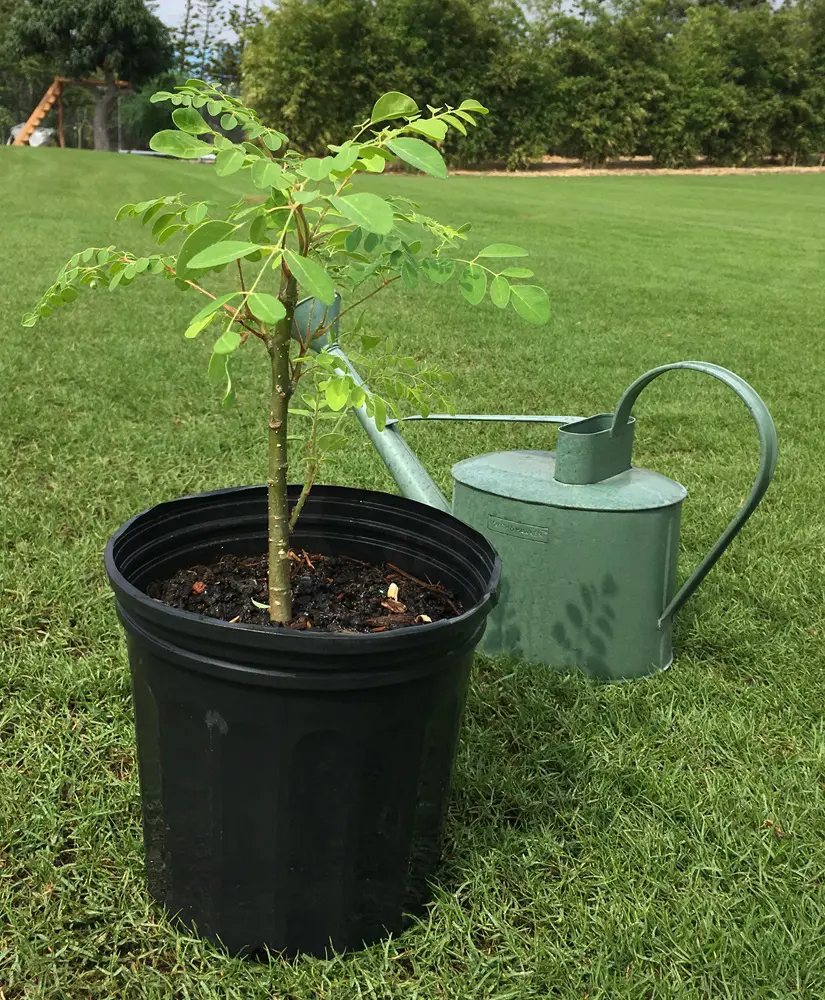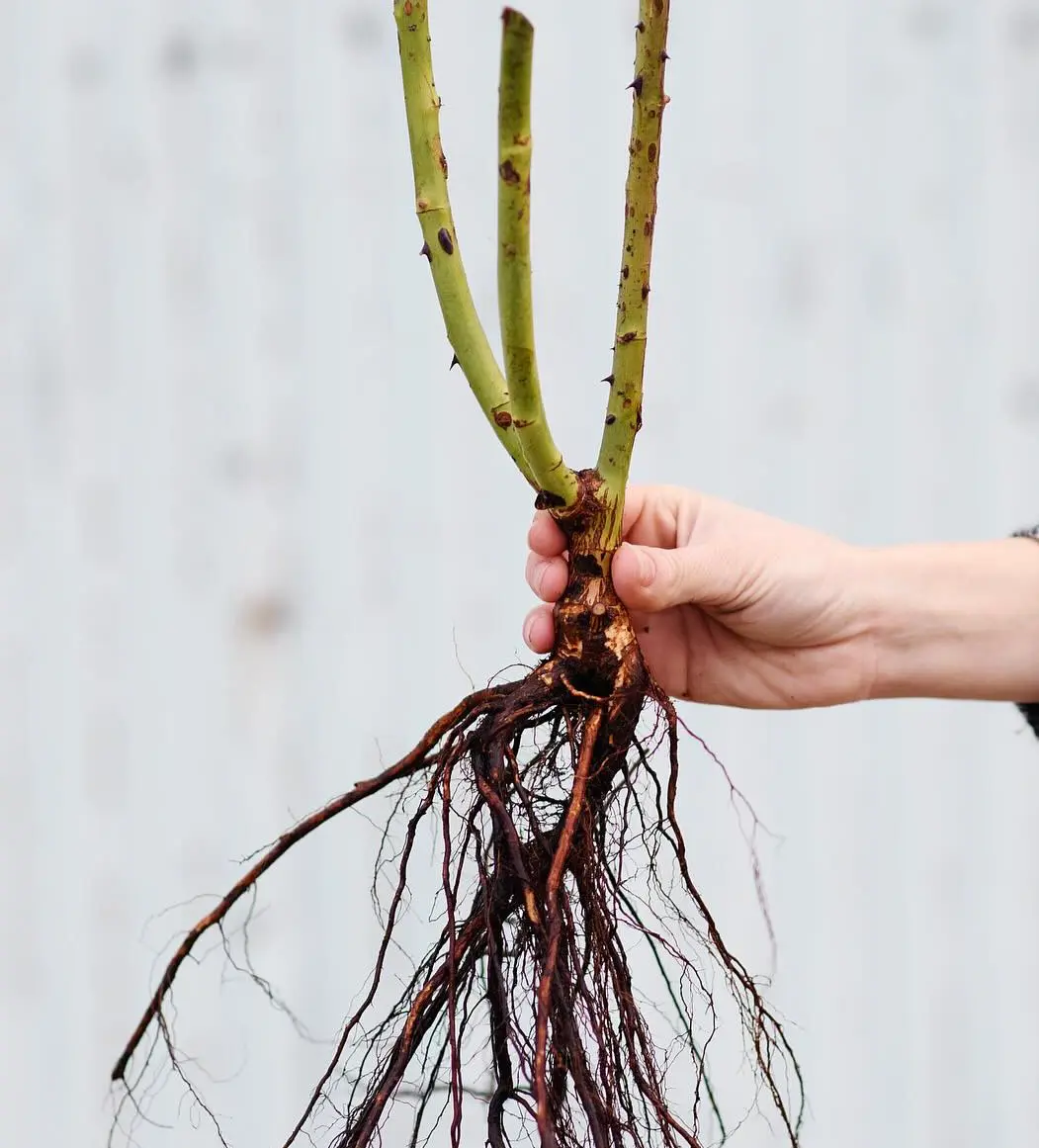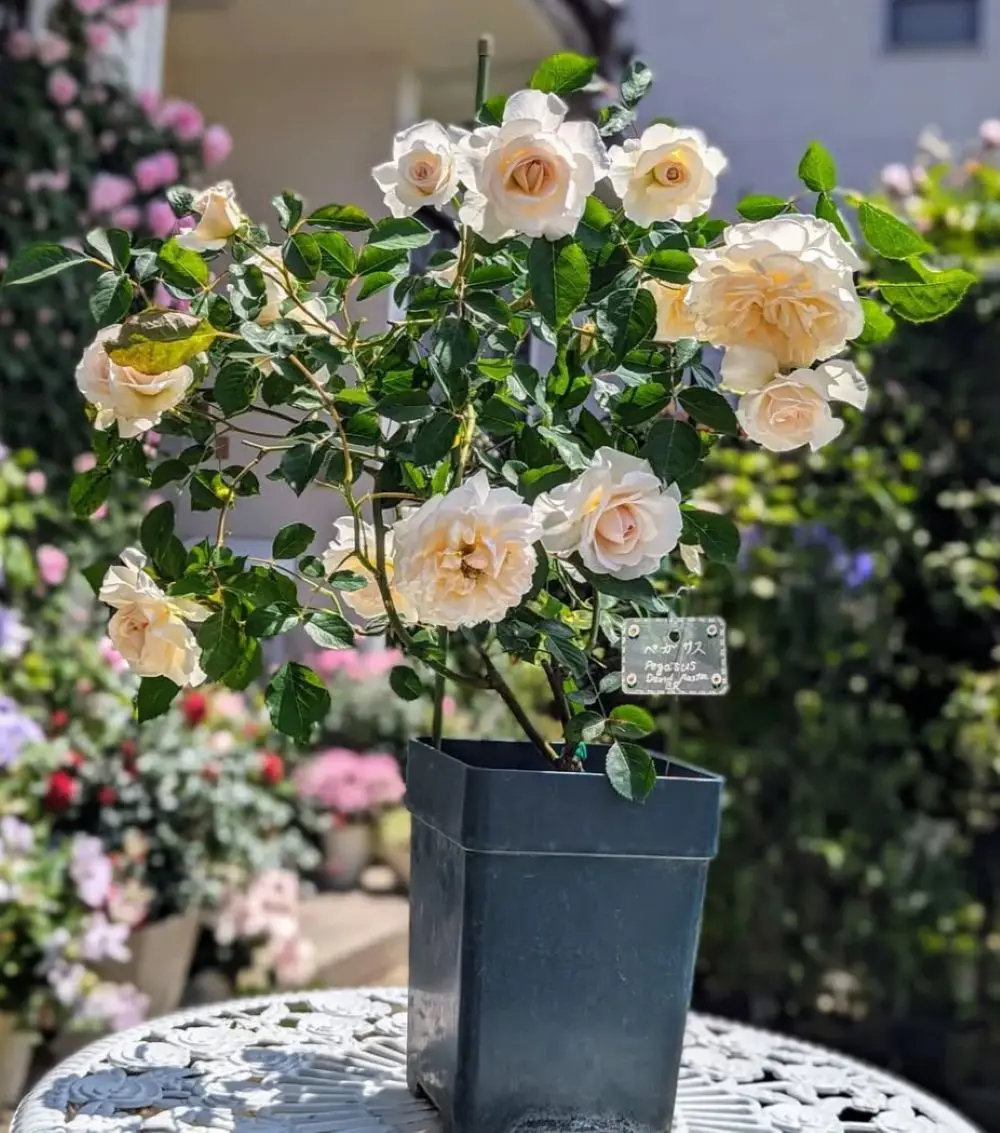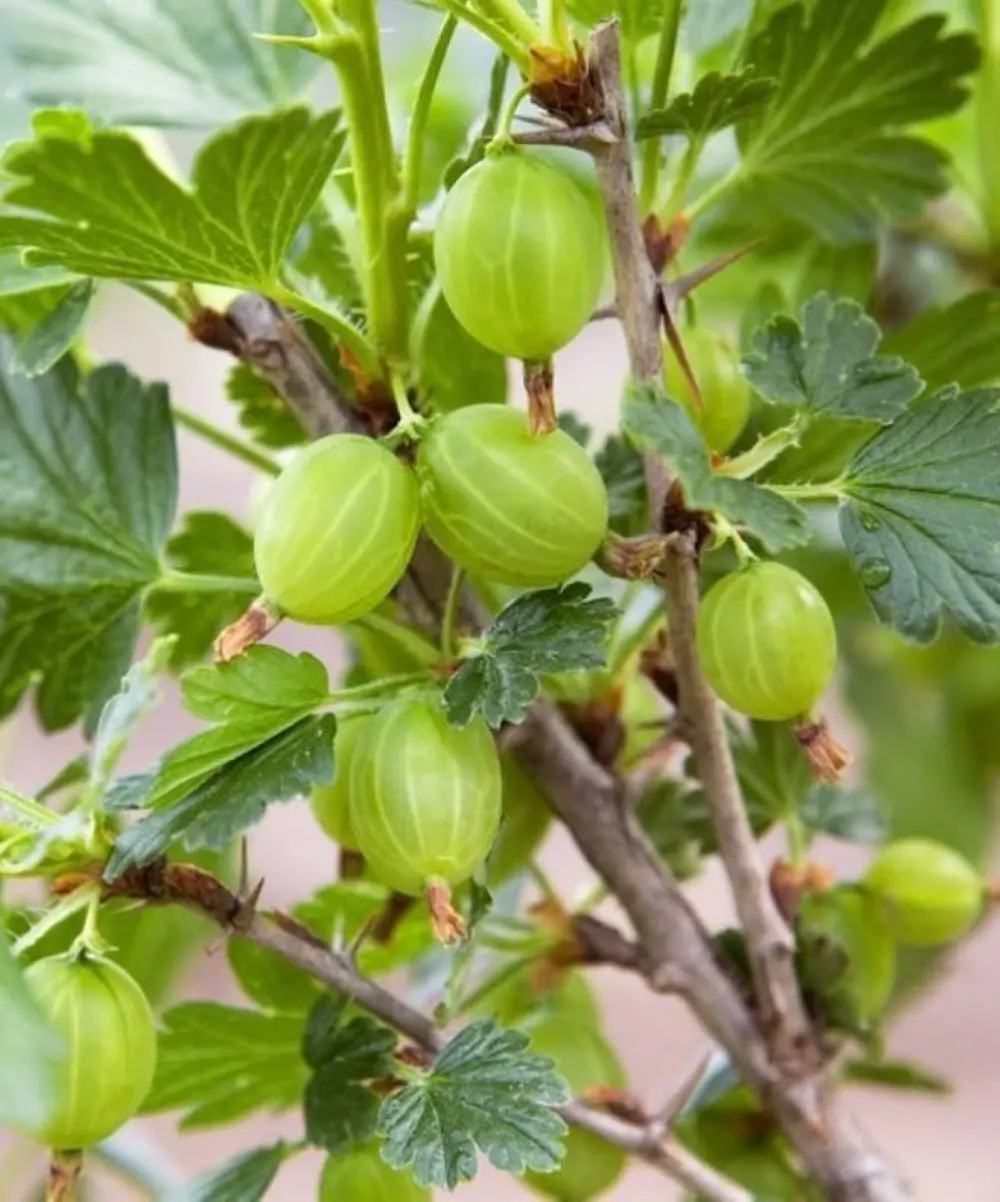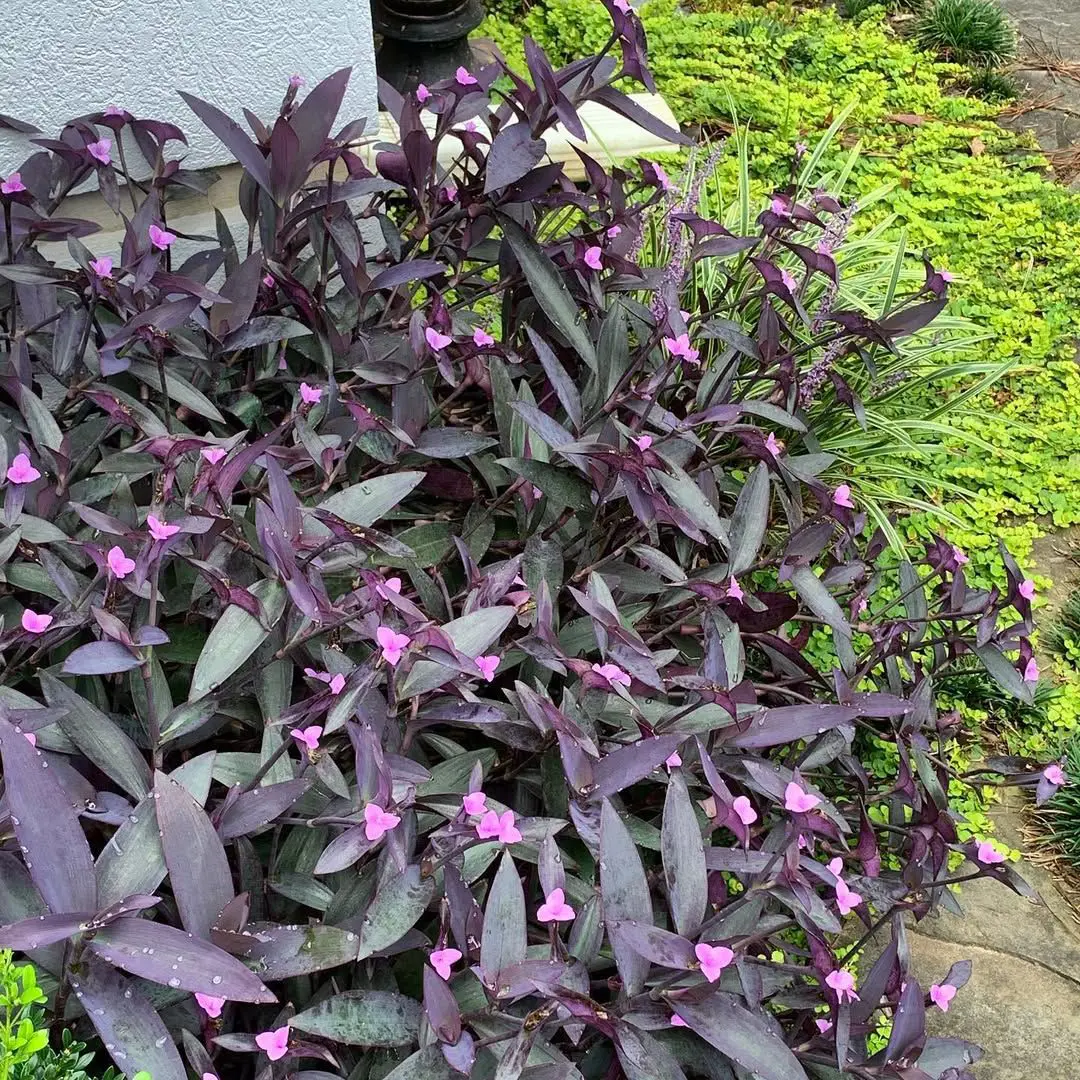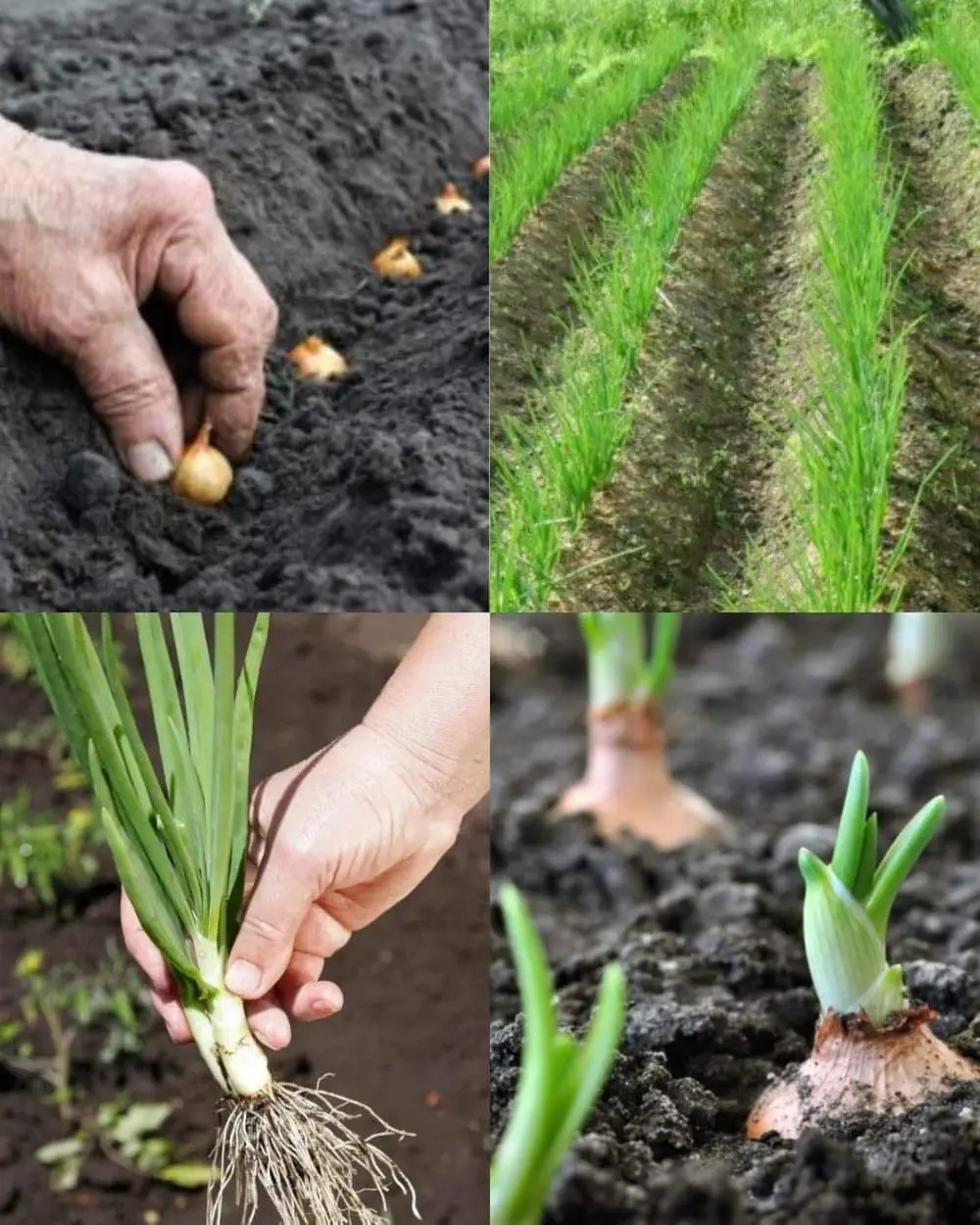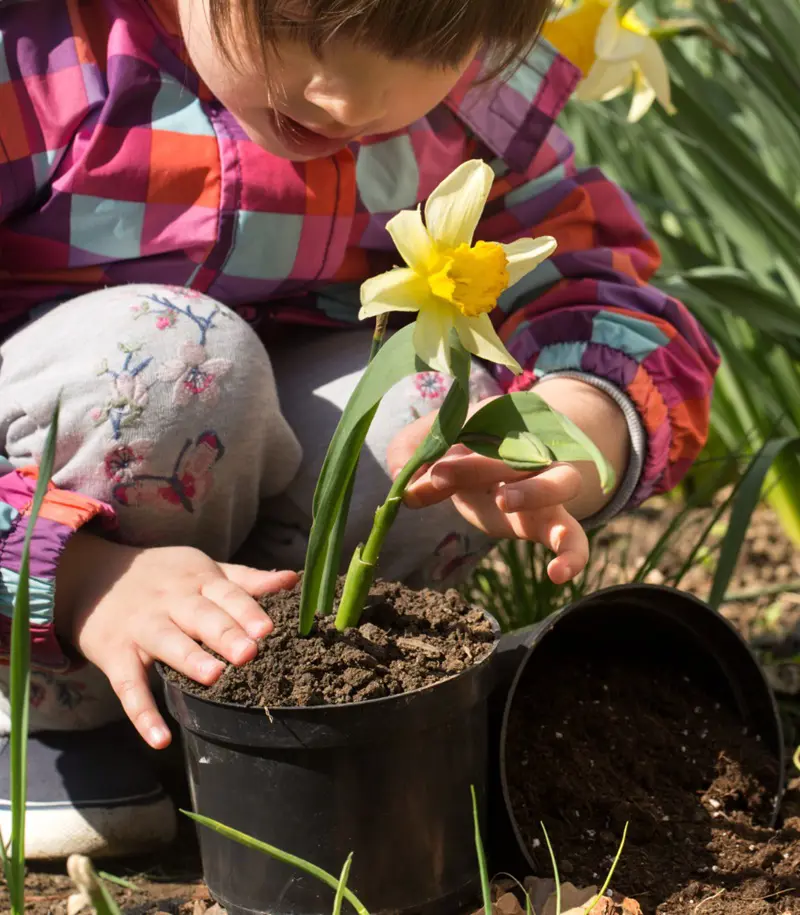The Moringa tree, often referred to as the "Miracle Tree," is renowned for its nutritional, medicinal, and environmental benefits. Native to the foothills of the Himalayas in northwestern India, this hardy and fast-growing plant has been cultivated across tropical and subtropical regions worldwide.
Its leaves, seeds, and pods are rich in vitamins, minerals, and antioxidants, making it a valuable addition to any garden.
This article will guide you through the essential steps of planting, growing, and caring for a Moringa tree, ensuring you can harness its full potential and contribute to a sustainable environment while reaping its numerous health benefits.
Understanding the Moringa Tree
Botanical Overview
The Moringa tree, scientifically known as Moringa oleifera, belongs to the family Moringaceae. It can grow up to 10-12 meters (33-39 feet) tall and is known for its slender, drooping branches, feathery leaves, and drumstick-like pods.
It thrives in tropical and subtropical climates and can tolerate a wide range of soil conditions, making it an ideal candidate for diverse environments.
Nutritional and Medicinal Benefits
Moringa leaves are rich in vitamins A, C, and E, as well as calcium, potassium, and protein. They are also a source of antioxidants, which help combat oxidative stress and inflammation in the body.
Moringa has been traditionally used in various cultures for its medicinal properties, including improving digestion, enhancing immune function, and promoting healthy skin and hair.
Planting a Moringa Tree
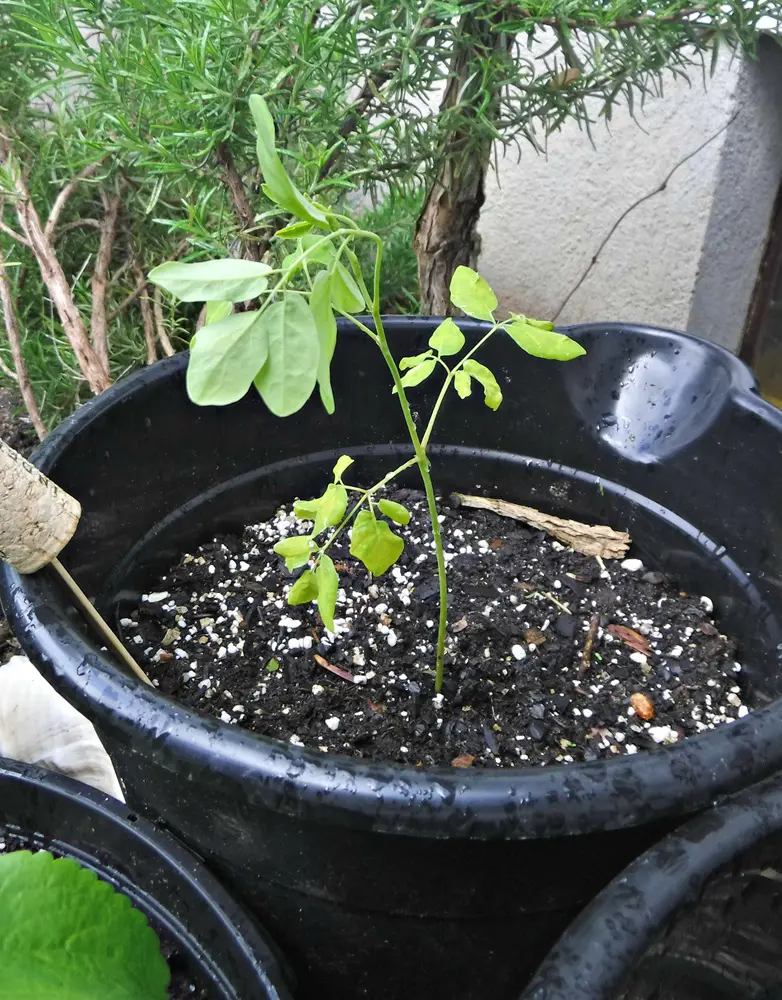
Selecting the Right Variety
There are several species of Moringa, but Moringa oleifera is the most commonly cultivated and widely recognized for its benefits. When choosing a variety, consider the local climate and soil conditions to ensure the best possible growth.
Choosing the Planting Location
Moringa trees prefer well-drained, sandy, or loamy soil with a pH level between 6.3 and 7.0. Select a sunny location that receives at least 6 hours of direct sunlight daily. Ensure the site has adequate space for the tree to grow, as Moringa can spread up to 4 meters (13 feet) wide.
Preparing the Soil
-
Soil Testing: Conduct a soil test to determine the pH level and nutrient content. Amend the soil as necessary to achieve the desired pH and fertility.
-
Soil Preparation: Loosen the soil to a depth of 1 meter (3 feet) to encourage deep root growth. Remove any weeds, rocks, or debris that might hinder the tree's development.
-
Organic Matter: Incorporate organic matter, such as compost or well-rotted manure, into the soil to improve its texture and fertility.
Planting from Seeds
-
Seed Selection: Choose high-quality seeds from a reputable supplier. Fresh seeds have a higher germination rate.
-
Pre-soaking: Soak the seeds in water for 24 hours to soften the hard seed coat and enhance germination.
-
Planting: Plant the seeds directly in the prepared soil, 2-3 cm (1 inch) deep. Space them about 30 cm (12 inches) apart if planting multiple trees.
-
Watering: Water the seeds gently but thoroughly, ensuring the soil remains moist but not waterlogged.
Planting from Cuttings
-
Selecting Cuttings: Choose healthy, mature branches about 1 meter (3 feet) long and 4-5 cm (1.5-2 inches) in diameter.
-
Planting: Insert the cuttings into the prepared soil, burying them about one-third of their length. Ensure the soil is firm around the cuttings to provide support.
-
Watering: Water the cuttings thoroughly, and keep the soil consistently moist until new growth appears.
Growing Moringa Trees
Watering
Moringa trees are drought-tolerant once established but require consistent moisture during the initial growth phase. Water the tree deeply once a week, allowing the soil to dry out between watering to prevent root rot.
Fertilizing
-
Initial Fertilization: Apply a balanced, slow-release fertilizer at the time of planting to support healthy root and shoot development.
-
Ongoing Fertilization: Feed the tree with a balanced fertilizer or organic compost every 3-4 months during the growing season. Avoid over-fertilizing, as this can lead to excessive foliage growth at the expense of flowering and pod production.
Pruning
Regular pruning is essential to maintain the shape and health of the Moringa tree. Prune the tree during the dry season to encourage bushier growth and more pod production.
-
Initial Pruning: When the tree reaches about 1 meter (3 feet) in height, trim the top to encourage branching.
-
Ongoing Pruning: Remove dead, diseased, or damaged branches regularly. Thin out crowded branches to improve air circulation and light penetration.
Mulching
Apply a layer of organic mulch around the base of the tree to conserve moisture, suppress weeds, and regulate soil temperature. Keep the mulch a few inches away from the trunk to prevent rot.
Pest and Disease Management
Moringa trees are relatively pest-resistant but can be susceptible to common garden pests such as aphids, caterpillars, and spider mites. Use natural pest control methods, such as neem oil or insecticidal soap, to manage infestations.
Monitor the tree regularly for signs of disease, such as leaf spots or fungal infections, and treat promptly with appropriate fungicides if necessary.
Harvesting Moringa
Leaves
Moringa leaves can be harvested once the tree reaches a height of about 1.5 meters (5 feet). Use scissors or pruning shears to cut the leaves, leaving a few inches of stem to encourage regrowth. Harvest regularly to promote continuous leaf production.
Pods
Moringa pods, also known as drumsticks, can be harvested when they reach a length of 15-20 cm (6-8 inches) and are still green and tender. Use a sharp knife or pruning shears to cut the pods from the tree. Mature pods can also be harvested for their seeds, which can be used for planting or oil extraction.
Seeds
Allow mature pods to dry on the tree before harvesting. Once the pods are dry and brown, crack them open to collect the seeds. Store the seeds in a cool, dry place until ready for use.
Propagating Moringa Trees
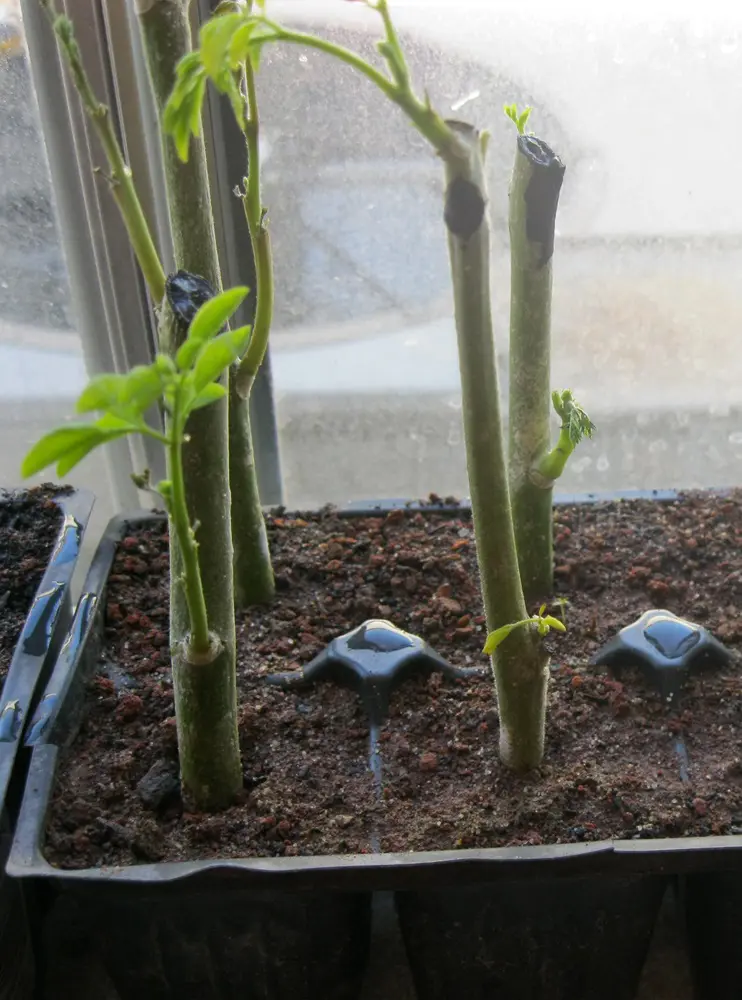
Seed Propagation
-
Seed Selection: Choose fresh, high-quality seeds from a reputable supplier.
-
Pre-soaking: Soak the seeds in water for 24 hours to enhance germination.
-
Planting: Plant the seeds in a well-draining potting mix, 2-3 cm (1 inch) deep. Keep the soil consistently moist until germination, which typically occurs within 1-2 weeks.
Cutting Propagation
-
Selecting Cuttings: Choose healthy, mature branches about 1 meter (3 feet) long and 4-5 cm (1.5-2 inches) in diameter.
-
Rooting Hormone: Dip the cut ends of the cuttings in a rooting hormone to promote root development.
-
Planting: Insert the cuttings into a well-draining potting mix, burying them about one-third of their length. Keep the soil consistently moist until new growth appears.
Utilizing Moringa Products
Culinary Uses
Moringa leaves and pods can be used in various culinary applications. Fresh leaves can be added to salads, smoothies, soups, and stews, while dried leaves can be ground into powder and used as a nutritional supplement. Moringa pods can be cooked and eaten like green beans or used in curries and stir-fries.
Medicinal Uses
Moringa has been traditionally used for its medicinal properties. Moringa leaf powder can be taken as a supplement to boost energy, support the immune system, and promote overall health. Moringa oil, extracted from the seeds, is used in skincare products for its moisturizing and anti-inflammatory properties.
Agricultural and Environmental Uses
Moringa trees can be used in agroforestry systems to improve soil fertility, prevent erosion, and provide shade and wind protection for other crops. The tree's high protein content makes its leaves a valuable feed for livestock, while its seeds can be used to purify water due to their natural coagulant properties.
FAQs
1. How long does it take for a Moringa tree to start producing leaves and pods?
Moringa trees grow rapidly and can start producing leaves as early as 6-8 weeks after planting, especially in optimal conditions. Pods, or drumsticks, typically begin to appear within the first 6-8 months, but substantial pod production is more common after the first year.
Regular pruning and proper care can accelerate this process and enhance overall yield.
2. What are the best-growing conditions for a Moringa tree?
Moringa trees thrive in warm, tropical, and subtropical climates with temperatures ranging between 25-35°C (77-95°F). They prefer well-drained, sandy or loamy soil with a pH level between 6.3 and 7.0.
Full sun exposure is crucial, as Moringa trees require at least 6 hours of direct sunlight daily. While they are drought-tolerant once established, they need consistent moisture during the initial growth phase.
3. How often should I water my Moringa tree?
During the initial growth phase, water the Moringa tree deeply once a week, ensuring the soil remains moist but not waterlogged. Once established, Moringa trees are drought-tolerant and require less frequent watering. However, during prolonged dry periods, deep irrigation once every two weeks can help maintain healthy growth.
4. What pests and diseases should I watch out for, and how can I manage them?
Moringa trees are relatively pest-resistant, but they can be susceptible to common garden pests such as aphids, caterpillars, and spider mites. Natural pest control methods, like neem oil or insecticidal soap, can manage infestations effectively.
Regularly monitor the tree for signs of disease, such as leaf spots or fungal infections, and treat them promptly with appropriate fungicides if necessary.
5. How do I propagate Moringa trees from cuttings?
To propagate Moringa trees from cuttings, select healthy, mature branches about 1 meter (3 feet) long and 4-5 cm (1.5-2 inches) in diameter. Dip the cut ends in a rooting hormone to promote root development.
Insert the cuttings into a well-draining potting mix, burying them about one-third of their length. Keep the soil consistently moist until new growth appears, which indicates successful rooting.
6. Can Moringa trees survive in colder climates?
Moringa trees are best suited for warm climates and can be sensitive to frost. In regions with mild winters, they may continue to grow year-round. In colder areas, the tree may lose its leaves and go dormant.
Protect the tree from frost by covering it with a frost cloth or burlap during cold snaps. Alternatively, consider growing Moringa in a container that can be moved indoors during winter to protect it from freezing temperatures.
